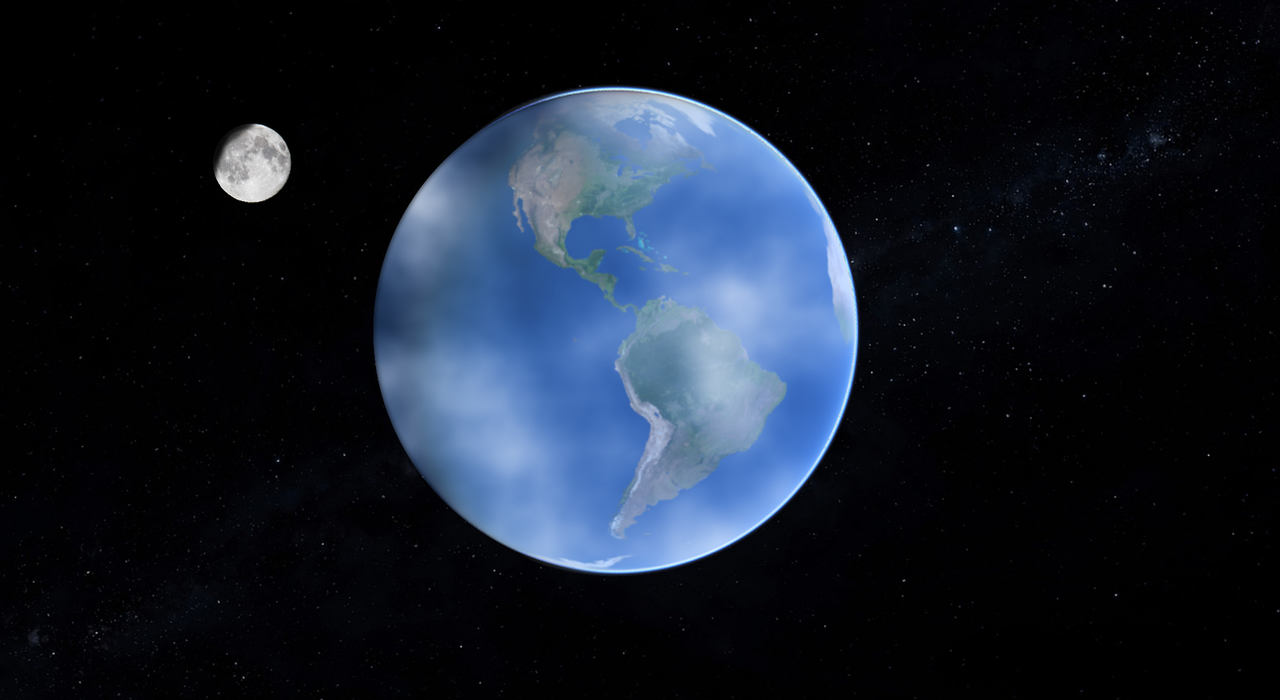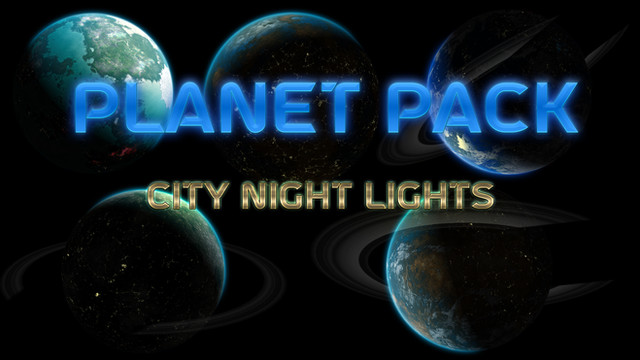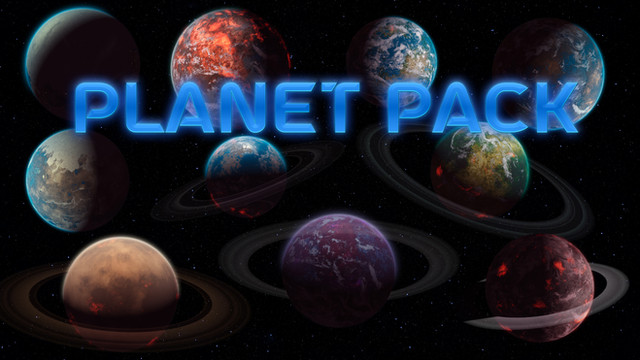HOME | DD
 Reesecandy2003 — Earth (Home of the Humans) (Remastered)
Reesecandy2003 — Earth (Home of the Humans) (Remastered)

#earth #homeworld #human #luna #moon #human_homeworld
Published: 2022-12-11 19:58:01 +0000 UTC; Views: 2377; Favourites: 39; Downloads: 6
Redirect to original
Description
Earth (also called the Real World ) is the third planet from the Sun in its Solar System in the Milky Way Galaxy , is a planet populated by a wide variety of native organic lifeforms, most notably, humans. This planet is one of the very few in existence that (without being colonized or modified with some form of technology) can support organic life. It is plentiful in many forms of energy sources, and different means by which to produce them.
Many Humans in many different continuities have noted Earth's beauty and have stated that "if Earth was their home, they'd definitely take pride in it." There are many different wonders on the planet including its weather patterns, and countless systems and cycles the planet relies on to remain inhabitable.
Versions of this planet are known to exist in many dimensions within the multiverse , and it frequently becomes involved in the conflicts of the Alien species and Alien Visitors. Perhaps too frequently. Whenever something (or someone) leaves, escapes, or is otherwise ejected from other planets, exoplanets and alien planets with life forms, there's a disproportionate chance it will eventually wind up on Earth.
The geological time scale (GTS), as defined by international convention,[3] depicts the large spans of time from the beginning of the Earth to the present, and its divisions chronicle some definitive events of Earth history. (In the graphic, Ma means "million years ago".) Earth formed around 4.54 billion years ago, approximately one-third the age of the universe , by accretion from the solar nebula .[4] [5] [6] Volcanic outgassing probably created the primordial atmosphere and then the ocean, but the early atmosphere contained almost no oxygen . Much of the Earth was molten because of frequent collisions with other bodies which led to extreme volcanism. While the Earth was in its earliest stage (Early Earth ), a giant impact collision with a planet-sized body named Theia is thought to have formed the Moon. Over time, the Earth cooled, causing the formation of a solid crust , and allowing liquid water on the surface.
The Hadean eon represents the time before a reliable (fossil) record of life; it began with the formation of the planet and ended 4.0 billion years ago. The following Archean and Proterozoic eons produced the beginnings of life on Earth and its earliest evolution . The succeeding eon is the Phanerozoic , divided into three eras: the Palaeozoic , an era of arthropods, fishes, and the first life on land; the Mesozoic , which spanned the rise, reign, and climactic extinction of the non-avian dinosaurs; and the Cenozoic , which saw the rise of mammals. Recognizable humans emerged at most 2 million years ago, a vanishingly small period on the geological scale.
The earliest undisputed evidence of life on Earth dates at least from 3.5 billion years ago,[7] [8] [9] during the Eoarchean Era, after a geological crust started to solidify following the earlier molten Hadean Eon . There are microbial mat fossils such as stromatolites found in 3.48 billion-year-old sandstone discovered in Western Australia .[10] [11] [12] Other early physical evidence of a biogenic substance is graphite in 3.7 billion-year-old metasedimentary rocks discovered in southwestern Greenland [13] as well as "remains of biotic life " found in 4.1 billion-year-old rocks in Western Australia.[14] [15] According to one of the researchers, "If life arose relatively quickly on Earth … then it could be common in the universe ."[14]
Photosynthetic organisms appeared between 3.2 and 2.4 billion years ago and began enriching the atmosphere with oxygen. Life remained mostly small and microscopic until about 580 million years ago , when complex multicellular life arose, developed over time, and culminated in the Cambrian Explosion about 538.8 million years ago. This sudden diversification of life forms produced most of the major phyla known today, and divided the Proterozoic Eon from the Cambrian Period of the Paleozoic Era. It is estimated that 99 percent of all species that ever lived on Earth, over five billion,[16] have gone extinct .[17] [18] Estimates on the number of Earth's current species range from 10 million to 14 million,[19] of which about 1.2 million are documented, but over 86 percent have not been described.[20] However, it was recently claimed that 1 trillion species currently live on Earth, with only one-thousandth of one percent described.[21]
The Earth's crust has constantly changed since its formation, as has life since its first appearance. Species continue to evolve , taking on new forms, splitting into daughter species, or going extinct in the face of ever-changing physical environments. The process of plate tectonics continues to shape the Earth's continents and oceans and the life they harbor.
The biological and geological future of Earth can be extrapolated based on the estimated effects of several long-term influences. These include the chemistry at Earth 's surface, the cooling rate of the planet's interior , the gravitational interactions with other objects in the Solar System , and a steady increase in the Sun's luminosity . An uncertain factor is the pervasive influence of technology introduced by humans, such as climate engineering ,[2] which could cause significant changes to the planet.[3] [4] For example, the current Holocene extinction [5] is being caused by technology,[6] and the effects may last for up to five million years.[7] In turn, technology may result in the extinction of humanity , leaving the planet to gradually return to a slower evolutionary pace resulting solely from long-term natural processes.[8] [9]
Over time intervals of hundreds of millions of years, random celestial events pose a global risk to the biosphere , which can result in mass extinctions . These include impacts by comets or asteroids and the possibility of a near-Earth supernova —a massive stellar explosion within a 100-light-year (31-parsec ) radius of the Sun. Other large-scale geological events are more predictable. Milankovitch's theory predicts that the planet will continue to undergo glacial periods at least until the Quaternary glaciation comes to an end. These periods are caused by the variations in eccentricity , axial tilt , and precession of Earth's orbit.[10] As part of the ongoing supercontinent cycle , plate tectonics will probably result in a supercontinent in 250–350 million years. Sometime in the next 1.5–4.5 billion years, Earth's axial tilt may begin to undergo chaotic variations, with changes in the axial tilt of up to 90°.[11]
The luminosity of the Sun will steadily increase, resulting in a rise in the solar radiation reaching Earth, resulting in a higher rate of weathering of silicate minerals , affecting the carbonate–silicate cycle , which will cause a decrease in the level of carbon dioxide in the atmosphere. In about 600 million years from now, the level of carbon dioxide will fall below the level needed to sustain C 3 carbon fixation photosynthesis used by trees. Some plants use the C 4 carbon fixation method to persist at carbon dioxide concentrations as low as ten parts per million. However, the long-term trend is for plant life to die off altogether. The extinction of plants will be the demise of almost all animal life since plants are the base of the food chain on Earth.[12]
In about one billion years, the solar luminosity will be 10% higher, causing the atmosphere to become a "moist greenhouse", resulting in a runaway evaporation of the oceans. As a likely consequence, plate tectonics and the entire carbon cycle will end.[13] Following this event, in about 2–3 billion years, the planet's magnetic dynamo may cease, causing the magnetosphere to decay and leading to an accelerated loss of volatiles from the outer atmosphere. Four billion years from now, the increase in Earth's surface temperature will cause a runaway greenhouse effect , creating conditions more extreme than present-day Venus and heating Earth's surface enough to melt it. By that point, all life on Earth will be extinct.[14] [15] Finally, the most probable fate of the planet is absorption by the Sun in about 7.5 billion years, after the star has entered the red giant phase and expanded beyond the planet's current orbit.[16
AppearanceThe Earth appears a low-energy world enabling a proliferation of organisms for plants and animals.
Known continents and countries included Africa , Russia , the United States , China , India , and Japan .
EtymologyThe modern English noun earth developed from Middle English ether personified as a goddess in Germanic paganism (appearing as Jörð in Norse mythology, mother of the god Thor). In general English usage, the name earth can be capitalized or spelled in lowercase interchangeably, either when used absolutely or prefixed with "the" (i.e. "Earth", "the Earth", "earth", or "the earth"). Many deliberately spell the name of the planet with a capital, both as "Earth" or "the Earth".
- Earth having dolphins, white lab mice and humans as sentient life forms is a reference to The Hitchhiker's Guide To The Galaxy by Douglas Adams, in which dolphins and white mice are more intelligent than humans.
Related content
Comments: 7

👍: 0 ⏩: 0

👍: 0 ⏩: 1

👍: 0 ⏩: 0

👍: 0 ⏩: 1

👍: 0 ⏩: 0

👍: 0 ⏩: 1

👍: 0 ⏩: 0
























